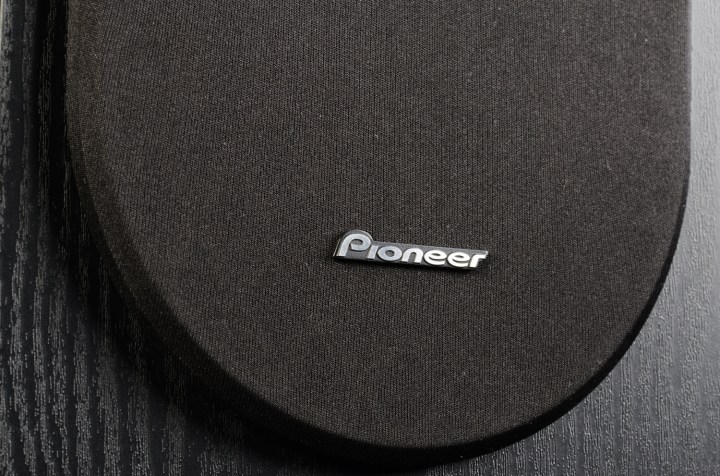
For anyone who has spent any significant amount of time in the Home Theater business, this may come as surprising news. Onkyo and Pioneer have always been very distinct brands. But the good news is, though Onkyo will own and operate what was Pioneer’s A/V division, the Pioneer brand is expected to remain intact. What isn’t clear, however, is how many changes, if any, will be made to the development and engineering of Pioneer-branded products in the future. Will a Pioneer A/V receiver still sound like a Pioneer A/V receiver? Digital Trends spoke to Russ Johnston, EVP of Sales, Marketing and Product planning at Pioneer, and he said some of those details won’t be clear for a few days.
“At the end of October, an agreement will be announced and we’ll know a lot more,” said Johnston. “At the heart of Pioneer is its people. The people are the brand.”
This changing of hands has been in the works since at least June 2014, when it was learned that Pioneer intended to sell off the lion’s share of its home A/V business to Hong Kong-based Baring Private Equity Asia. That deal reportedly fell through, and Onkyo has stepped up to pick up the slack.
The deal does not include Pioneer’s DJ business, and the company has said it will continue to push its in-car audio business, which should receive a significant boost thanks to its cooperation with Apple and its CarPlay infotainment system.
Since the death of the vaunted Elite Plasma television, Pioneer’s Home A/V offerings have been scaled back. The lines between its Elite and standard brands have blurred, and some product categories have disappeared entirely. Though Pioneer dipped its toe in the wireless multi-room speaker pool a few years ago, it never fully committed, and has found itself out of the running for a piece of the market that Sonos essentially built.
Through integration, the two companies aim to boost their competitiveness in the home theater space by increasing production and streamlining logistics efficiency. Time will tell if Onkyo will decide to move into the wireless audio space with the same urgency that brands like Harman Kardon, Polk, Definitive Technology, LG, and Samsung have.



